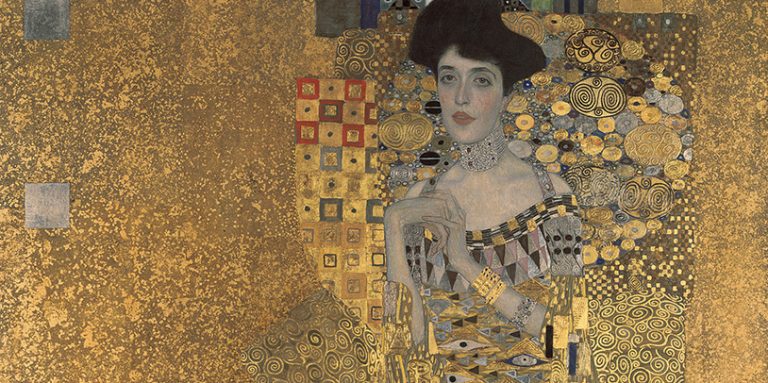Photos of Famous Portrait Subjects

Portraits as Personal Narratives
Portraits serve as a captivating expression of the artist’s unique perspectives of the subject. Whether enhancing physical features, adjusting angles for stature, or capturing nuanced expressions, painted portraits serve as a portrayal crafted to convey the artist’s or society’s desired perception.
Contrasting a painted portrait with a photograph of the subject provides insights into the artist’s creative process and the personality of the portrayed individual. Let’s explore some noteworthy examples of famous portraits and their photographic counterparts, offering a side-by-side glimpse into the convergence of artistic interpretation and reality.
Unveiling the Self in 'Self Portrait with Pipe'"
Let’s consider “Self Portrait with Pipe” by Gustave Courbet (French 1819 – 1877). Completed in 1849, this renowned artwork undeniably presents a remarkably realistic likeness when compared to a photograph of Courbet taken in 1850. Beyond capturing Courbet’s physical traits with precision, the painting provides a window into the artist’s self-perception.
Courbet portrays himself in a leisurely and perhaps arrogantly superior pose, gazing down at the viewer. This composition vividly illustrates his notorious pride and arrogance. Despite the confrontational stance, the heavy shadows in his gaze hint at reflective and contemplative self-expression.
During this phase of his career, Courbet had spent over a decade refining his craft in France, gradually distancing himself from the conventional tastes of Romanticism. “Self Portrait with Pipe” becomes a canvas where his experience, independence, and growing defiance of artistic norms are prominently on display, showcasing Courbet’s evolution and departure from the artistic pressures of his time.
Adele Bloch-Bauer
Adele Bloch-Bauer
The Enigmatic Adele Bloch-Bauer
Adele Bloch-Bauer, an icon of privilege and intellect, defied societal norms in early 20th-century Vienna. Born in 1881, Adele’s desire for education clashed with gender expectations, leading her to marry at 19. As patrons of the arts, Adele and her husband Ferdinand Bloch connected with renowned artist Gustav Klimt. Klimt painted Adele twice, a rarity in his career, creating masterpieces that hint at a complex relationship. Adele’s allure is captured in “Adele Bloch-Bauer I,” with Klimt’s fantasy-infused portrayal placing her at the heart of an abstract universe. The intrigue surrounding Adele extends to speculations about her role as Klimt’s muse and, perhaps, lover.
Vincent Van Gogh
Vincent Van Gogh
Through the Artist's Eyes: Self Portrait with a Bandaged Ear
Analyzing Van Gogh’s “Self Portrait with Bandaged Ear” unveils a fascinating interplay between the artist’s emotional expression and the objective reality captured in a photograph. The painting, characterized by bold strokes and vibrant hues, goes beyond a mere representation of the artist’s appearance. Contrasting it with a photograph introduces a nuanced exploration of artistic interpretation versus factual documentation. While the photograph freezes a specific moment, Van Gogh’s self-portrait offers a subjective journey into his emotions, manifesting a deliberate distortion of reality through expressive brushstrokes. This dynamic relationship between the self-portrait and the photograph provides profound insights into the complex emotional landscape that Van Gogh navigated during this significant period in his life.